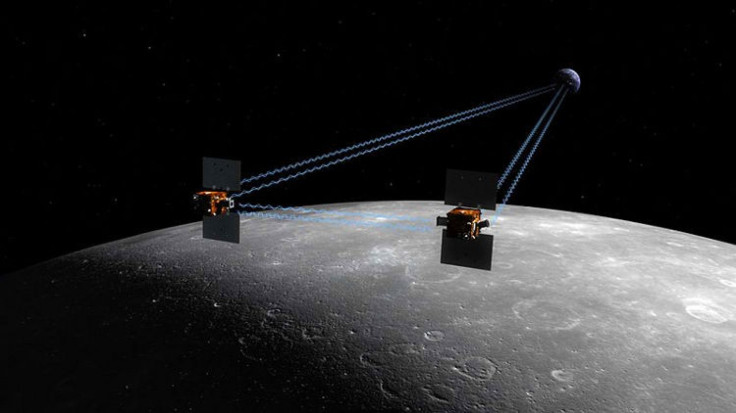GRAIL Launch Delayed Again; Saturday Targeted for Next Attempt

The launch for NASA's Gravity Recovery and Interior Laboratory (GRAIL) twin spacecrafts will be delayed another day, the space agency reported.
The GRAIL spacecrafts were supposed to launch aboard a United Launch Alliance Delta II heavy rocket this morning after being delayed Thursday morning for upper-level winds in the unacceptable range. It was postponed an additional day to allow more time to review propulsion system data from Thursday's detanking operation. After a further review, NASA found no issues with the rocket.
NASA has now targeted instantaneous launches at 8:29:45 a.m. and 9:08:52 a.m. EST on Saturday. According to NASA, the forecast shows a 60 percent chance of favorable weather conditions at liftoff time, with the primary concern being thick clouds and a chance for isolated showers.
NASA estimates the rockets should reach the moon by New Year's Eve/New Year's Day. Once the GRAIL spacecrafts reach orbit, they will separate from the rocket, one vehicle at a time.
The GRAIL twin spacecrafts, GRAIL-A and GRAIL-B, will orbit above the moon's surface on a mission to map its gravity. This could lead to answers to many moon-related questions.
Trying to understand how the moon formed, and how it evolved over its history, is one of the things we're trying to address with the GRAIL mission. But also, [we're] trying to understand how the moon is an example of how terrestrial planets in general have formed, Maria Zuber, principal investigator for GRAIL, from the Massachusetts Institute of Technology, said in a statement.
The GRAIL mission will not only reveal information about the moon's thermal history, but how the inner, rocky planets formed as well. Mostly, however, it will be about the moon. As Zuber says, it will explore the moon from crust to core.
Both spacecrafts will carry a set of cameras to the moon as part of MoonKam, a project headed by former astronaut Sally Ride. The cameras will offer middle school students the chance to request photography of lunar targets for classroom study. This will mark the first time a NASA planetary mission has carried instruments expressly for an education and public outreach project.
They are set to reach the moon by New Year's Day.
© Copyright IBTimes 2024. All rights reserved.





















